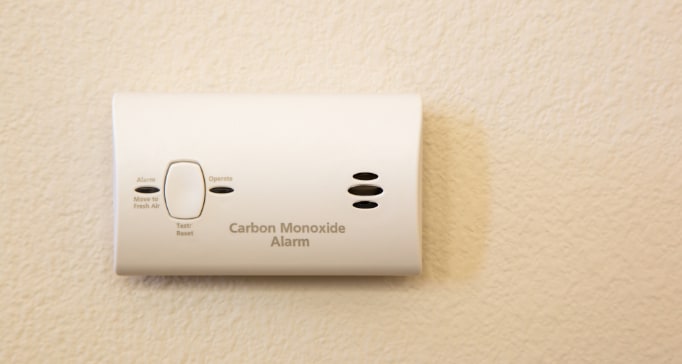
Integrate CO Detectors Into Your Home Security System
Installing carbon monoxide detectors in your home is a fantastic start, but you can improve your safety even more by integrating them into your security system. By doing so, you’ll have an additional layer of protection, as your monitoring professionals will receive notification any time a CO detector is tripped. This support can prove to be critical, particularly if a disaster strikes in the early morning hours and you don’t hear the alarm.
Get CO Detectors In Wichita Falls With Your Home Security Package
Safeguard your family against all kinds of threats with a full-featured home security system from Secure24 Alarm Systems. Our CO and fire alarms in Wichita Falls are carefully monitored like your other security devices. You’ll have backup from an attentive, 24-hour team any time an urgent event arises. Call (940) 217-5181 today to improve the defense of your home and family.
Where To Place Carbon Monoxide Detectors In Your Wichita Falls Residence
Homeowners must defend against various risks like burglary, fire, and flooding. But what about a risk that can’t be discerned by human senses? Carbon monoxide is different from other dangers because you may never realize it’s there. Even so, using CO detectors can simply shield your family and property. Find out more about this dangerous gas and where to place carbon monoxide detectors in your Wichita Falls home.
What Is Carbon Monoxide?
Called the silent killer due to its absence of color, taste, or odor, carbon monoxide is a commonly found gas produced by incomplete fuel combustion. Any appliance that utilizes fuels like an oven or fireplace may create carbon monoxide. Although you usually won’t have problems, difficulties can arise when equipment is not regularly inspected or properly vented. These missteps may result in an accumulation of this dangerous gas in your residence. Generators and heaters of various types are commonly responsible for CO poisoning.
When exposed to lower amounts of CO, you may notice fatigue, headaches, dizziness nausea, or vomiting. Continuous exposure to high levels could result in cardiorespiratory failure, coma, and death.
Suggestions For Where To Place Wichita Falls Carbon Monoxide Detectors
If you don’t own at least one carbon monoxide detector in your interior, get one today. Ideally, you should install one on each floor of your home, including basements. Browse these suggestions on where to place carbon monoxide detectors in Wichita Falls:
- Put them on each floor, particularly in places where you utilize fuel-burning appliances, including furnaces, water heaters, fireplaces, and gas dryers.
- You should always use one no more than 10 feet away from sleeping areas. If you only have one CO detector, this is the place for it.
- Position them approximately 10 to 20 feet from potential CO sources.
- Do not affix them right above or next to fuel-utilizing appliances, as a little carbon monoxide might be released when they kick on and trigger a false alarm.
- Secure them to walls about five feet off the floor so they will test air where people are breathing it.
- Avoid putting them near doors or windows and in dead-air areas.
- Install one in rooms above attached garages.
Check your CO detectors regularly and maintain them in accordance with manufacturer instructions. You will typically need to replace units every five to six years. You should also ensure any fuel-utilizing appliances are in in good working shape and have appropriate ventilation.
